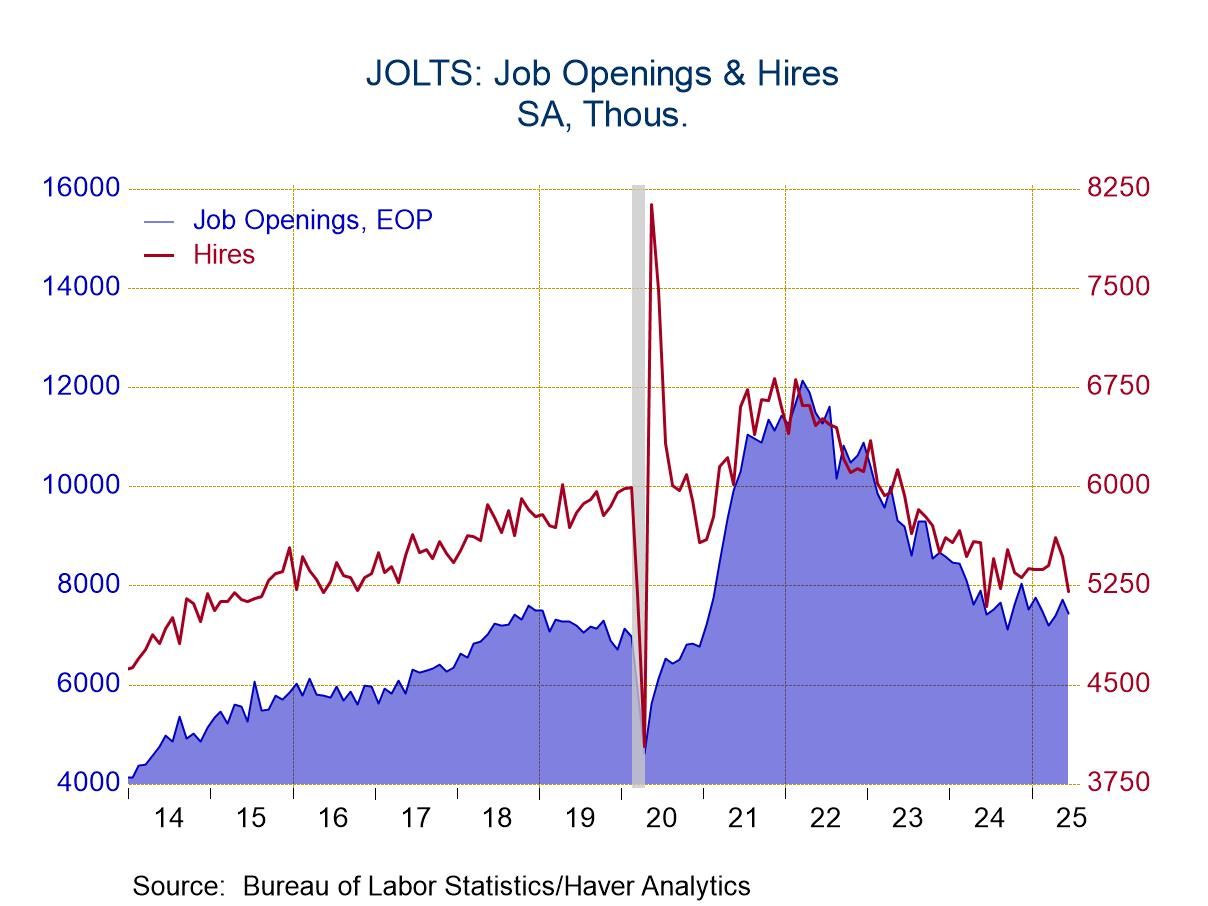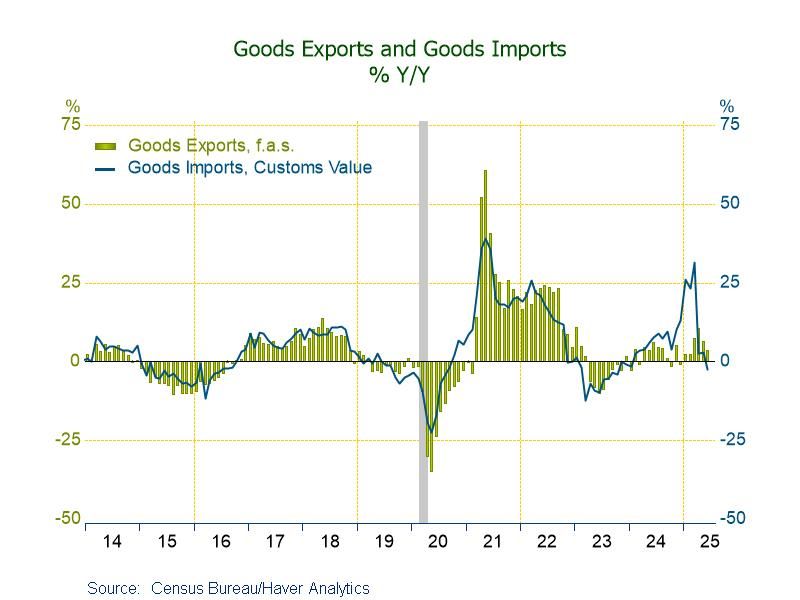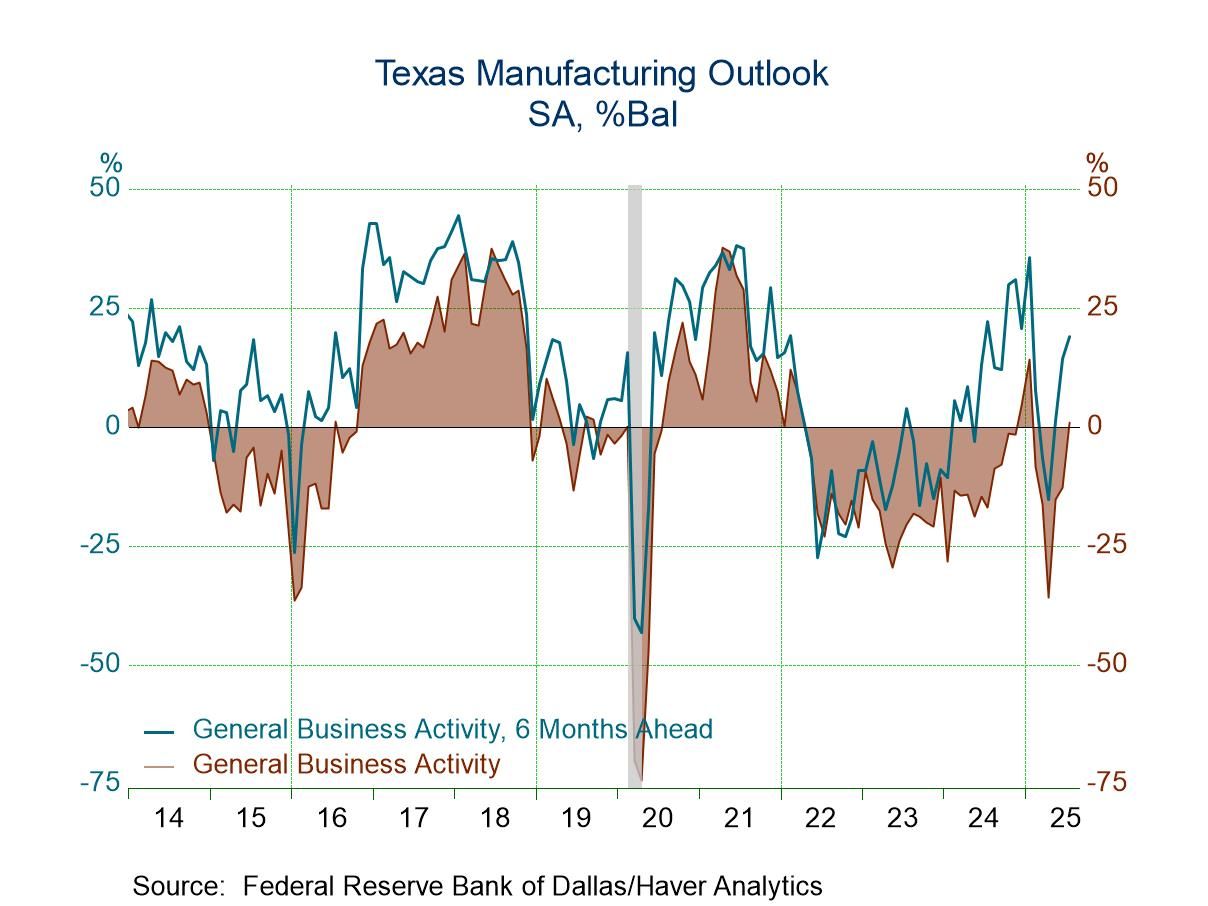U.S. Retail Sales Strengthen in November
by:Tom Moeller
|in:Economy in Brief
Summary
- Year-to-year rise is largest in 2024.
- Motor vehicle sales stay strong.
- Growth in nonauto purchases reflects robust online sales.


Total retail sales increased 0.7% (3.8% y/y) during November after rising 0.5% in October, revised from 0.4%. September sales rose 0.9%, revised from 0.8% according to the U.S. Census Bureau. A 0.5% increase had been expected in the Action Economics Forecast Survey. Excluding motor vehicles & parts, retail sales improved 0.2% (3.2% y/y) last month following a 0.2% October rise, revised from 0.1%. The 1.0% September sales gain was unrevised. A 0.4% November increase was expected. Sales of motor vehicles & parts rose 2.6% (6.5% y/y) last month after increasing 1.8% in September. This compares to a 3.0% gain (7.6% y/y) in unit light vehicle sales which followed a 0.8% October increase.
Sales in the retail control group, which excludes autos, building materials, gasoline stations, and food services, rose 0.4% during November (4.3% y/y) after easing an unrevised 0.1% in October. These sales are used in the construction of personal consumption expenditures in NIPA accounts.
Elsewhere, sales performance was mixed in November. Online retail sales jumped 1.8% (9.8% y/y) and rose to 21.8% of nonauto retail sales, up from 20.5% one year earlier and 11.2% ten years earlier. Sporting goods, hobby shop, book & music store sales gained 0.9% (1.4% y/y) following a 0.6% decline. Electronics & appliance store sales rose 0.3% (1.2% y/y) after strengthening 2.4% in October. Furniture & home furnishings store sales rose 0.3% (0.7% y/y) following a 0.7% decline. Building materials & garden equipment store sales increased 0.4% (4.1% y/y) after rising 0.8%. Gasoline service station sales improved 0.1% (-3.9% y/y), the same as in October, even though prices fell 1.7%.
Working lower, miscellaneous store sales, which account for roughly two percent of total sales, fell 3.5% in November (+0.8% y/y) after a 0.8% October decline. Clothing & accessory store sales eased 0.2% (+2.2% y/y) after rising 0.4%. General merchandise store sales slipped 0.1% last month (+3.1%y/y) after holding steady in October. Within that category, department store sale fell 0.6% (+1.4% y/y) after a 0.1% slip.
In the nondiscretionary categories, health & personal care store sales were steady in November (+1.8%) after a 1.1% October fall. Food & beverage store sales were off 0.2% last month but rose 1.8% y/y.
Consumers’ interest in dining out diminished last month. Restaurant & drinking place sales fell 0.4% (+1.9%) in November after seven consecutive monthly increases.
Retail sales data can be found in Haver’s USECON database. The expectations figures are from the Action Economic Forecast Survey in AS1REPNA.


Tom Moeller
AuthorMore in Author Profile »Prior to joining Haver Analytics in 2000, Mr. Moeller worked as the Economist at Chancellor Capital Management from 1985 to 1999. There, he developed comprehensive economic forecasts and interpreted economic data for equity and fixed income portfolio managers. Also at Chancellor, Mr. Moeller worked as an equity analyst and was responsible for researching and rating companies in the economically sensitive automobile and housing industries for investment in Chancellor’s equity portfolio. Prior to joining Chancellor, Mr. Moeller was an Economist at Citibank from 1979 to 1984. He also analyzed pricing behavior in the metals industry for the Council on Wage and Price Stability in Washington, D.C. In 1999, Mr. Moeller received the award for most accurate forecast from the Forecasters' Club of New York. From 1990 to 1992 he was President of the New York Association for Business Economists. Mr. Moeller earned an M.B.A. in Finance from Fordham University, where he graduated in 1987. He holds a Bachelor of Arts in Economics from George Washington University.






